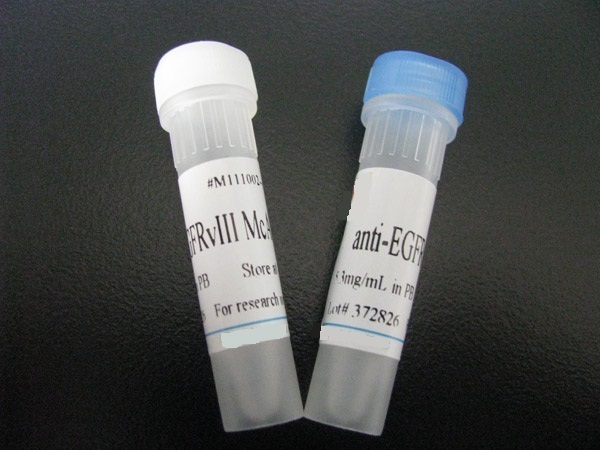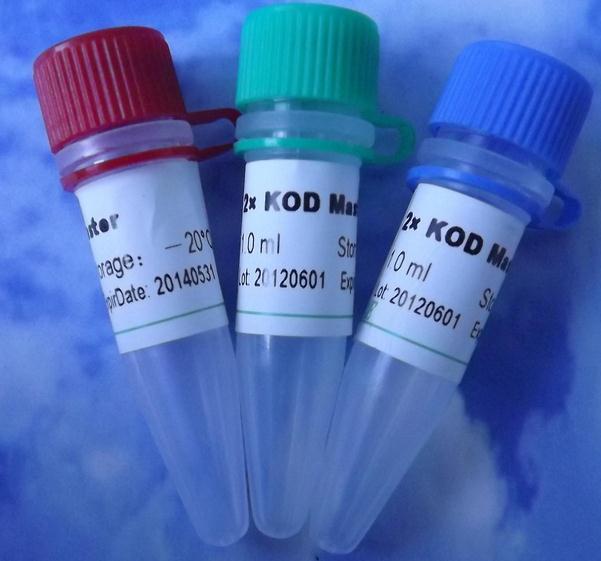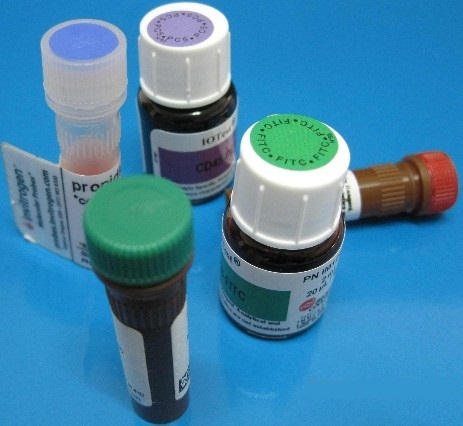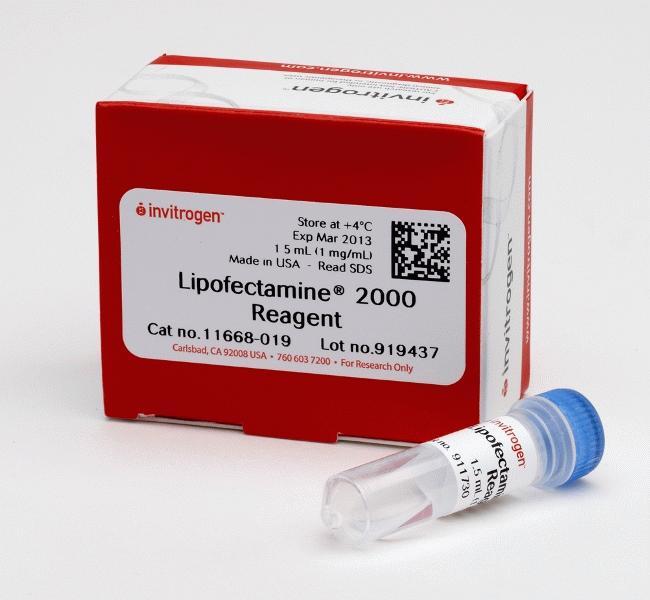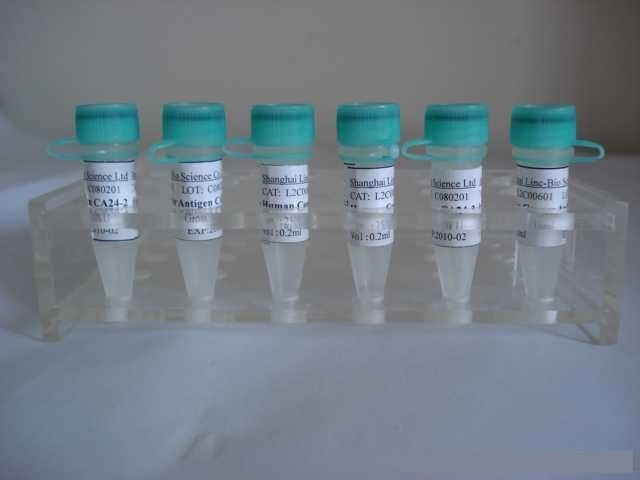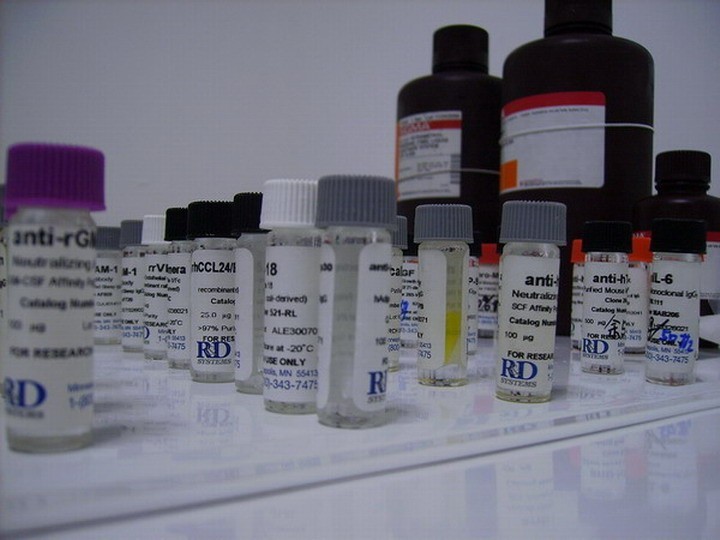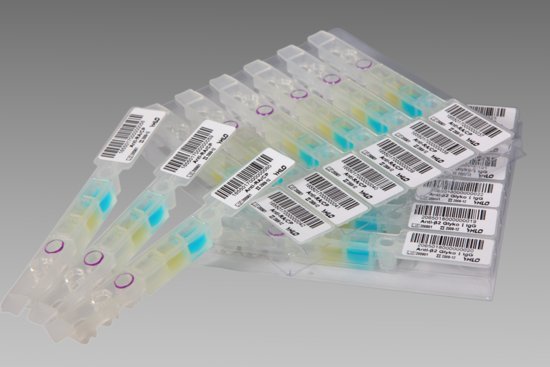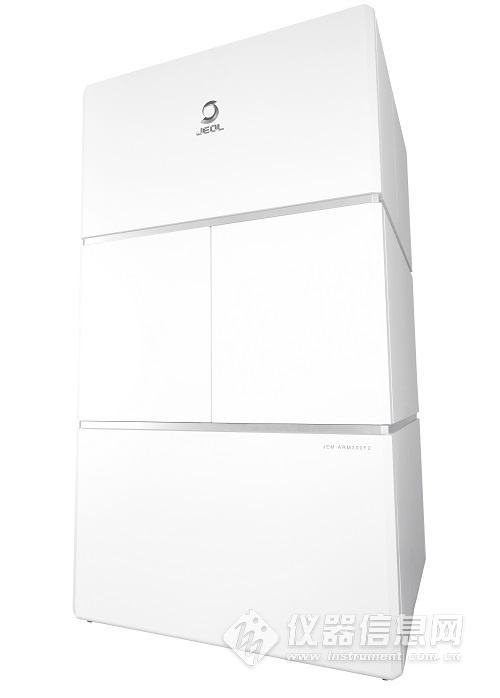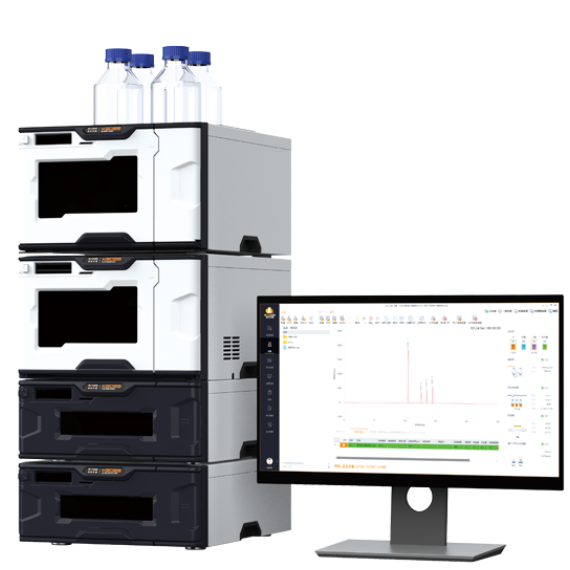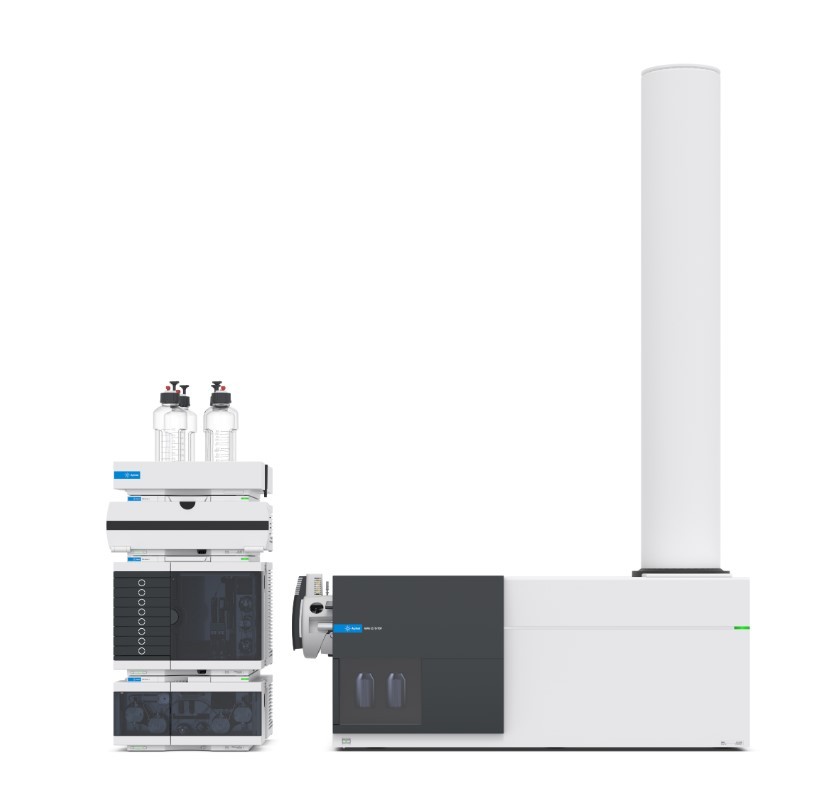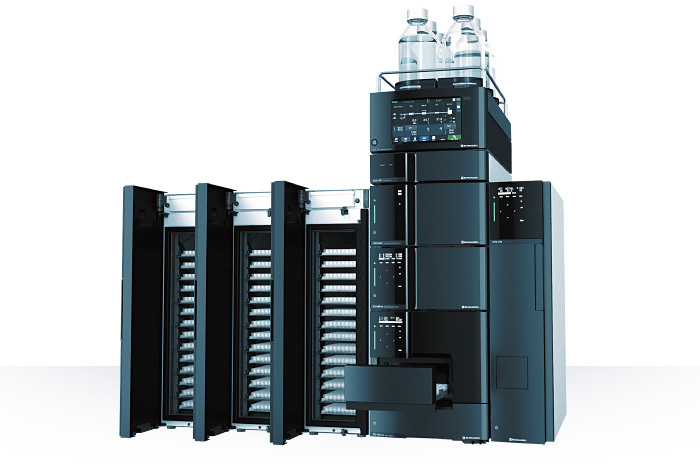抗体来源 Rabbit
克隆类型 polyclonal
交叉反应 Human, Mouse, Rat, Chicken, Dog, Pig, Cow, Horse, Rabbit
产品类型 一抗
研究领域 免疫学 信号转导 干细胞
蛋白分子量 predicted molecular weight: 208/248kDa
性 状 Lyophilized or Liquid
免 疫 原 KLH conjugated synthetic peptide derived from human Aggrecan N-terminus
亚 型 IgG
纯化方法 affinity purified by Protein A
储 存 液 0.01M PBS, pH 7.4 with 10 mg/ml BSA and 0.1% Sodium azide
产品应用 WB=1:100-500 ELISA=1:500-1000 IHC-P=1:100-500 IHC-F=1:100-500 IF=1:100-500
(石蜡切片需做抗原修复)
not yet tested in other applications.
optimal dilutions/concentrations should be determined by the end user.
保存条件 Store at -20 °C for one year. Avoid repeated freeze/thaw cycles. The lyophilized antibody is stable at room temperature for at least one month and for greater than a year when kept at -20°C. When reconstituted in sterile pH 7.4 0.01M PBS or diluent of antibody the antibody is stable for at least two weeks at 2-4 °C.
Important Note This product as supplied is intended for research use only, not for use in human, therapeutic or diagnostic applications.
软骨蛋白聚糖抗体产品介绍 Aggrecan is a member of a family of large, aggregating proteoglycans (also including versican, brevican and neurocan) which is found in articular cartilage. Aggrecan is composed of three major domains: G1, G2, and G3. Between the G1 and G2 domains there is an interglobulin region (IGD). The IGD region is the major site of cleavage by specific proteases like metalloproteinases (MMPs) and aggrecanase. Aggrecan cleavage has been associated with a number of degenerative diseases including rheumatoid arthritis and osteoarthritis. There is evidence that this family of proteoglycans modulates cell adhesion, migration, and axonal outgrowth in the CNS.
Function : Aggrecan has been detected in neural precursor cells (neurospheres; Kabos et al, 2004) During differentiation, neurospheres downregulate Chondroitin sulfate proteoglycans (CSPGs). Proliferating neural precursors synthesize lecticans, including aggrecan, which are downregulated with differentiation; suggesting a link between CSPGs and CNS precursor biology.
Subunit : Interacts with FBLN1 (By similarity). Interacts with COMP.
Subcellular Location : Secreted, extracellular space, extracellular matrix (By similarity).
Tissue Specificity : Restricted to cartilages.
Post-translational modifications : Contains mostly chondroitin sulfate, but also keratan sulfate chains, N-linked and O-linked oligosaccharides. The release of aggrecan fragments from articular cartilage into the synovial fluid at all stages of human osteoarthritis is the result of cleavage by aggrecanase.
DISEASE : Spondyloepiphyseal dysplasia type Kimberley (SEDK) [MIM:608361]: Spondyloepiphyseal dysplasias are a heterogeneous group of congenital chondrodysplasias that specifically affect epiphyses and vertebrae. The autosomal dominant SEDK is associated with premature degenerative arthropathy. Note=The disease is caused by mutations affecting the gene represented in this entry.
Spondyloepimetaphyseal dysplasia aggrecan type (SEMD-ACAN) [MIM:612813]: A bone disease characterized by severe short stature, macrocephaly, severe midface hypoplasia, short neck, barrel chest and brachydactyly. The radiological findings comprise long bones with generalized irregular epiphyses with widened metaphyses, especially at the knees, platyspondyly, and multiple cervical-vertebral clefts. Note=The disease is caused by mutations affecting the gene represented in this entry.
Osteochondritis dissecans short stature and early-onset osteoarthritis (OD) [MIM:165800]: A type of osteochondritis defined as a separation of cartilage and subchondral bone from the surrounding tissue, primarily affecting the knee, ankle and elbow joints. It is clinically characterized by multiple osteochondritic lesions in knees and/or hips and/or elbows, disproportionate short stature and early-onset osteoarthritis. Note=The disease is caused by mutations affecting the gene represented in this entry.
Similarity : Belongs to the aggrecan/versican proteoglycan family.
Contains 1 C-type lectin domain.
Contains 1 EGF-like domain.
Contains 1 Ig-like V-type (immunoglobulin-like) domain.
Contains 4 Link domains.
Contains 1 Sushi (CCP/SCR) domain.
Database links : UniProtKB/Swiss-Prot: P16112.2
纯度:在实验的任何阶段,确定抗体溶液纯度的最简单方法是取一部分样本进行SDS-PAGE电泳。凝胶可用考马斯亮蓝染色(灵敏度为0.1—0.5ug/带)或银染(灵敏度1~l0ug/带)。
定量:如果抗体还不纯,有一个快捷的定量方法,即通过SDS-PAGE电泳分离出轻、重链,然后和已知的标准染色带比较。如果需要分析许多样本,用免疫测定法对抗体定量较容易。如果抗体是经过纯化的,可通过测蛋白总量代替上述两种方法,有一简单的方法,即紫外吸收法。软骨蛋白聚糖抗体的量可通过测280nm处的吸收值来测(10D大致相当于0.75mg/m1的纯化抗体)。
抗原结合活性:一般说来,纯化方法不会引起抗原结合活性的改变。用蛋白G或蛋白A树脂很少导致抗体活性丧失。然而,如果最终抗体产物的作用不如原来所预料的好,检测抗体纯化过程所丢失的活性就极为重要。用一系列滴定法比较纯化的抗体和其原材料的活性,以标定每一步中的总抗体量,这将有助于较好的估计通过纯化所丢失的活性。
![]()




